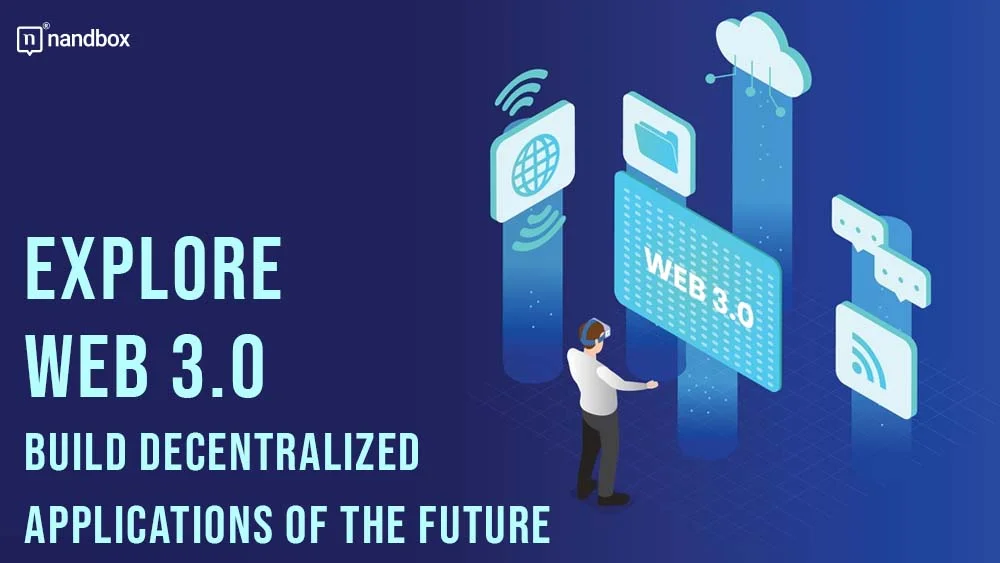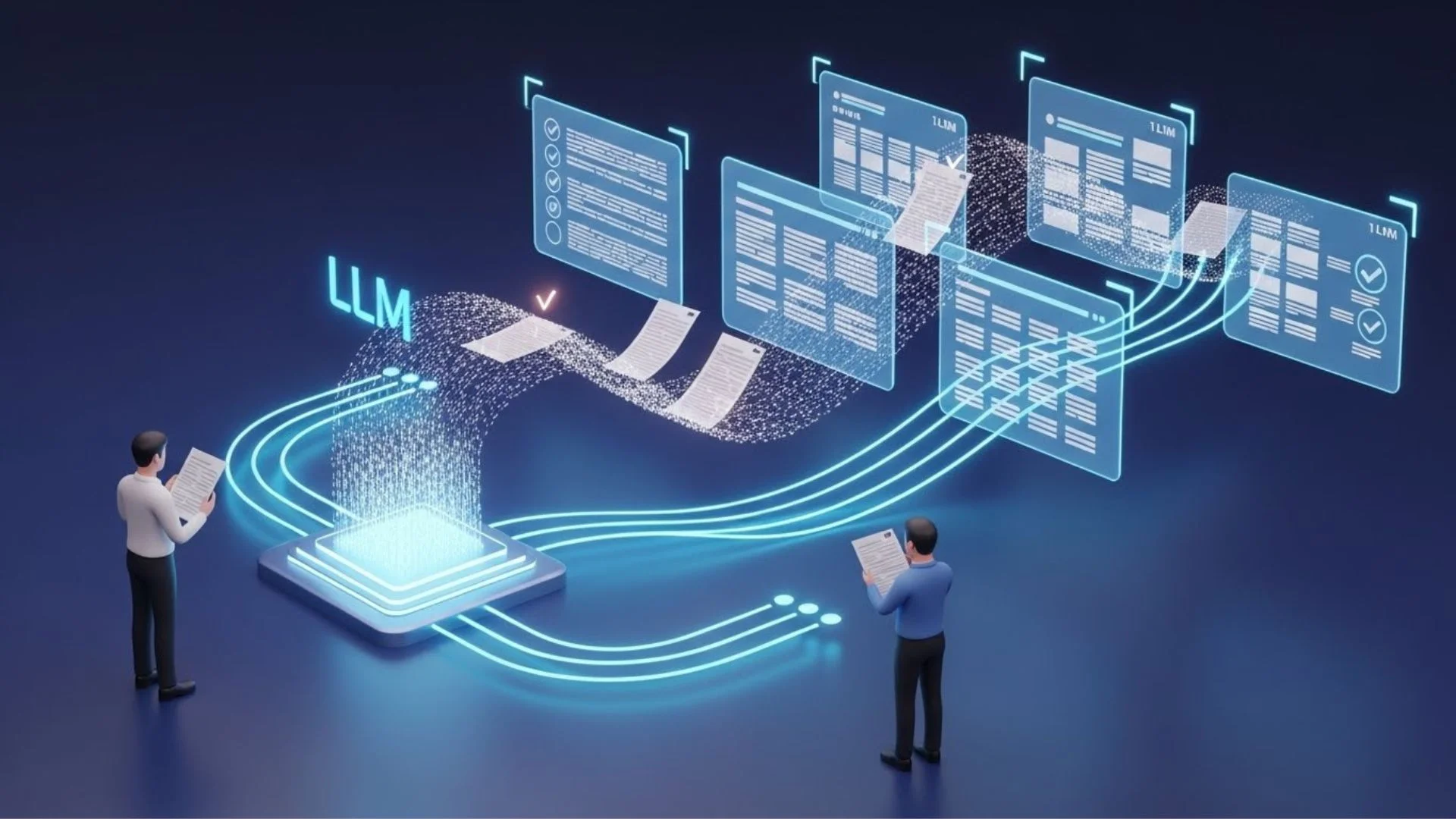The advent of Web 3.0 development marks a significant change in the Internet’s history, characterized by decentralization, enhanced user control, and innovative digital ecosystems. Permissionless blockchain is central to this transformation, offering unparalleled transparency and security.
Permissionless blockchains have become the bedrock of Web 3.0, driving new possibilities and reshaping how digital interactions are conducted. Let’s explore the integral role these blockchains play in reshaping the way we conceptualize digital interactions, ownership, and decentralized systems.
What Is Permissionless Blockchain?
Permissionless blockchains, also known as public blockchains, are decentralized networks where anyone can participate without needing authorization. Unlike permissioned blockchains, which require approval to join, permissionless blockchains are open to all, fostering greater inclusivity and decentralization. This technology first gained prominence with the creation of Bitcoin in 2009 by the pseudonymous entity Satoshi Nakamoto. Bitcoin’s blockchain laid the foundation for a new era of trustless transactions, eliminating the need for intermediaries. According to a study by Precedence Research, the market for blockchain technology, including permissionless blockchains, is projected to be worth around USD 1,879.30 billion by 2034.
The Role of Permissionless Blockchains in Web 3.0
Permissionless blockchains are instrumental in the evolution of Web 3.0, providing the foundational technology that drives its decentralized and user-centric approach. Let’s look into the key ways this technology is influencing and shaping the Web 3.0 landscape.
Enhancing Data Sovereignty
One of the primary roles of permissionless blockchains in Web 3.0 is enhancing data sovereignty. Traditional web architectures typically involve centralized entities controlling user data, which often leads to privacy breaches and data misuse. According to recent studies, a significant number of data breaches occur due to centralized vulnerabilities, highlighting the need for a more secure and user-controlled data model. For instance, a report by Cybersecurity Ventures estimates that cybercrime will cost the world $10.5 trillion annually by 2025, driven largely by data breaches and ransomware attacks.
Permissionless blockchains decentralize data storage, giving users ownership and control over their information. Using cryptographic techniques, they ensure that data is securely stored and only accessible to authorized users, reducing the risk of unauthorized access and data breaches. Moreover, permissionless blockchains facilitate the development of decentralized finance (DeFi) platforms, which operate without intermediaries like banks.
DeFi applications leverage smart contracts on permissionless blockchains to offer services such as lending, borrowing, and trading. This democratizes financial services, making them accessible to a global audience and reducing reliance on traditional financial institutions. Another critical aspect is the promotion of decentralized autonomous organizations (DAOs). These organizations operate on permissionless blockchains, allowing members to govern collectively without central leadership. DAOs are integral to Web 3.0’s ethos of decentralization and community-driven governance. Through their use of blockchain development solutions, they can manage funds, make decisions, and execute actions based on consensus, providing a transparent and efficient governance model.
Facilitating Trust and Transparency
Trust and transparency are cornerstones of permissionless blockchains. In the Web 3.0 ecosystem, trust is established through cryptographic proofs rather than intermediaries. Every transaction on a permissionless blockchain is immutable and publicly verifiable, ensuring that all network participants have access to the same information. This transparency fosters a trustless environment where users can interact without fear of manipulation or fraud. For example, the Ethereum blockchain, a leading permissionless blockchain, utilizes smart contracts to automate agreements and processes. These self-executing contracts run exactly as programmed, without any possibility of downtime, censorship, or third-party interference. This level of trust and transparency is essential for the development of decentralized applications and services in Web 3.0.
Promoting Interoperability and Scalability
Interoperability and scalability are critical challenges in the development of Web 3.0, and permissionless blockchains are addressing these issues head-on. Interoperability allows different blockchain networks to communicate and share data freely, creating a more connected and efficient ecosystem. Projects like Polkadot and Cosmos are pioneering cross-chain communication, enabling the integration of multiple blockchains into a cohesive network. Scalability, on the other hand, focuses on increasing the transaction throughput of blockchain networks. Traditional blockchains like Bitcoin and Ethereum have faced scalability issues due to their consensus mechanisms. However, innovations such as sharding, layer-2 solutions, and new consensus algorithms are being implemented to enhance scalability. These advancements ensure that permissionless blockchains can support the growing demand for decentralized applications and services in Web 3.0.
Empowering Digital Identity and Ownership
Digital identity and ownership are fundamental components of Web 3.0, and permissionless blockchains play a crucial role in their realization. Self-sovereign identity solutions leverage blockchain technology to give individuals control over their digital identities. Unlike traditional identity systems, where central authorities manage and verify identities, self-sovereign identities enable users to own and manage their identity data securely. Furthermore, permissionless blockchains support the creation and management of non-fungible tokens (NFTs), which represent ownership of unique digital assets. NFTs have gained significant popularity in various sectors, including art, gaming, and entertainment. With the aid of blockchain technology, NFTs ensure provenance and authenticity, allowing creators to monetize their digital creations directly.
Conclusion
Permissionless blockchains are indispensable in the development of Web 3.0, providing the foundation for a decentralized, transparent, and user-centric Internet. With their ability to enhance data sovereignty, facilitate trust and transparency, promote interoperability and scalability, and empower digital identity and ownership, there’s no doubt that these blockchains are driving the next generation of digital innovation. Their role in Web 3.0 development will continue to expand along with the ecosystem’s evolution. Therefore, we can expect permissionless blockchains to unlock new possibilities and transform how we interact in the digital world.
Frequently Asked Questions
1. Can anyone truly participate in a permissionless blockchain?
While technically open to all, practical participation may require technical knowledge and appropriate computational resources.
2. Are permissionless blockchains only relevant for cryptocurrency?
No, these networks have broad applications across industries, including finance, healthcare, supply chain management, and digital identity verification.
3. What distinguishes permissionless from permissioned blockchains?
Permissionless networks allow unrestricted participation, whereas permissioned blockchains limit access to pre-approved participants.
nandbox App Builder
Web 3.0 development reflects the internet’s future generation, with a focus on decentralization, blockchain technology, and user control. It enables developers to create decentralized applications (dApps) using smart contracts, which improves security, transparency, and autonomy. Businesses can utilize the nandbox App Builder to create user-friendly mobile apps that are fully integrated with Web 3.0 technology. Features like blockchain integration, decentralized storage, and token administration can be implemented without requiring considerable coding. Companies can stay ahead of the digital transformation by employing nandbox to provide innovative and secure solutions that adhere to Web 3.0 principles.





